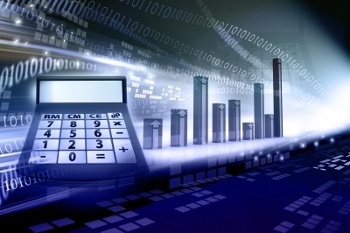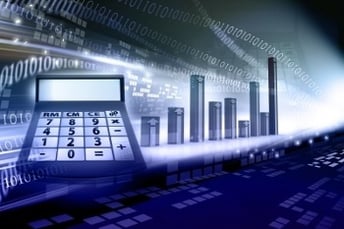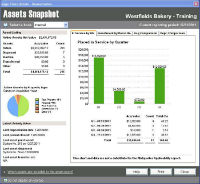Fixed Asset Management Software: No More Spreadsheets! Part 1
Fixed Asset Management Software: Why Ditch the Spreadsheets? In addition to our latest Sage Fixed Assets client webinar, we’re distributing a...
3 min read
SWK Technologies Mon, Aug 03, 2015

 It can get ugly when fixed asset management goes wrong.
It can get ugly when fixed asset management goes wrong.What is a fixed asset? Fixed assets are your business’s largest investments. These include all the things you need to use in your business over a period of years such as your computers, chairs, vans and equipment. Since these items hold a lot of value on your balance sheets, they can either work to your advantage by boosting the amount of your tax deductions … or their weight can kill your business accounting which might cause big troubles with IRS penalties and assessed interest charges.
To err is to be human. This is why software was invented. Every growing business eventually recognizes the need to minimize the chance for human error. As a business becomes more complex, it becomes more critical to have integrated ERP software system. In order to manage data integrity for things like monitoring hundreds of fixed assets, there is a solution to replace the error-prone spreadsheets that were used in the past. One single error in your fixed assets accounting could necessitate a complete audit and revision of your financial statements. These complications with the manual tracking of fixed assets are an unnecessary and time-consuming ordeal which results in a waste of time and money. Poor management of fixed assets threatens to impact a business’s bottom line.
Don’t overlook the severity of accounting errors, as they have the potential to severely risk your company’s success. Today’s post explains why data integrity is so important – and names measures you can take to secure your own data integrity.
It is a misconception that the definition of data integrity refers broadly to the quality and accuracy of data. By definition, the integrity of data is compromised unless it is maintained and ensured to be accurate and consistent one hundred percent of the time.
In order to meet data integrity standards, it is required that your business must have accurate records on file at all times – and that data must never be altered. Even in the 21st Century, data doesn’t change itself. If there is any possibility of your staff accidentally or intentionally altering data, your business is devoid of data integrity.
At this point you may find yourself questioning my sanity. Do not suspect me of saying that you can’t have a human enter information into your spreadsheets. That would be impossible. You need to have two separate spreadsheets: one that is solely untouchable data, and the other for analysis.
It is important to remember that data is 100% fact, all the time. Analysis is the interpretation and what you do with those facts. Your analysis, which is fact-based, changes all the time, according to the type of data you are working with. That being said, your actual data, the facts from which you generate forward-looking strategies, should remain constant. If your data fluctuates, your analysis will lack a basis in fact and will not make sense.
Data that is not protected from intentional or unintentional employee interference is called “bad data” or “dirty data.” Bad data results in bad reporting, which causes bad business decisions.
There are a wide range of serious repercussions with bad data that can skew your numbers. For example, you could be over- or underpaying on your taxes and property insurance (which always comes back to haunt you). What happens if your spreadsheets report that you have five forklifts, but you actually have four? When one of them breaks down, you won’t have the extra one you said you had and there may be a range of implications which can complicate finding a replacement.
With the gravity of protecting your costly assets which are such a huge investment and so important to your business, it makes sense to prevent the severe problems which can result from a single error in a single cell on a single spreadsheet, the types of errors which only can be made by humans.
A surefire method to protect against bad data is to institute a solid process with dedicated fixed asset software. This software can save your business from financial disaster.
Three additional perks to investing in fixed asset management software:
Keep your company safe.
Get your eBook detailing the best practices for fixed asset management.
Want to learn more? Check out "Avoid This Big Accounting Mistake"
Another version of this blog was previously posted on 5/18/2015 http://erpsoftware.swktech.com/blog/why-should-i-bother-with-fixed-asset-management-software
Image courtesy of cooldesign at FreeDigitalPhotos.net

Fixed Asset Management Software: Why Ditch the Spreadsheets? In addition to our latest Sage Fixed Assets client webinar, we’re distributing a...

Fixed Asset Management Software: 2 More Reasons to Ditch the Spreadsheets In part 1 of this blog series "Fixed Asset Management Software: No More...

Fixed Assets Management Software: 4 Important Steps Before You Get Started In part 2 of this blog series, "Fixed Asset Management Software: No More...